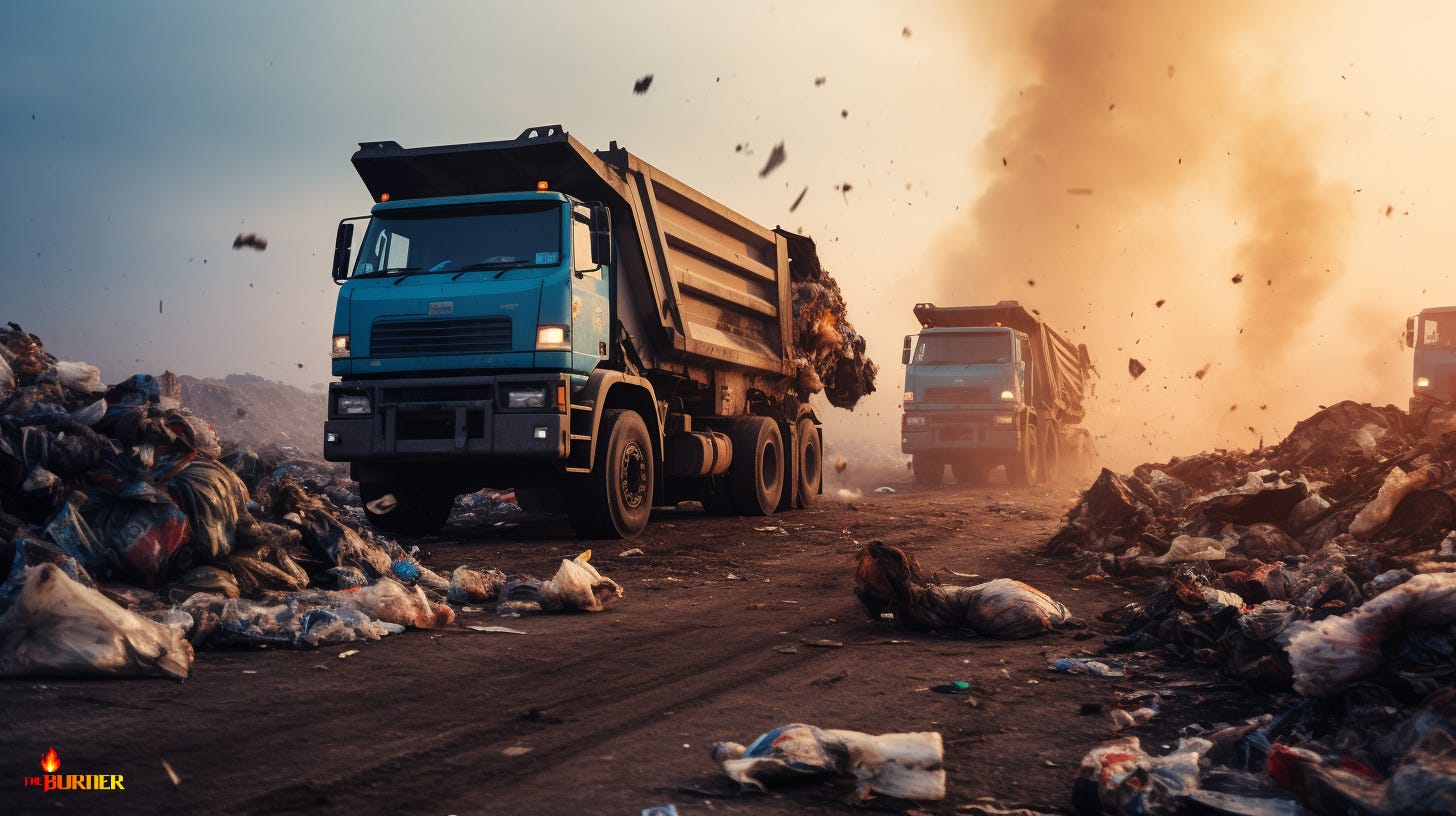Where does my garbage go after it's collected?
The journey of garbage begins once it is collected from various sources like households, industries, and commercial establishments. The collected waste is typically taken to a transfer station initially, where it is sorted and separated into recyclable materials, organic waste, and non-recyclable waste.
This sorting can be manual or automated, depending on the facilities available. Recyclable materials such as glass, paper, and certain plastics are sent to recycling centers where they are processed and repurposed. Organic waste, on the other hand, may be sent to composting facilities or biogas plants where it can be converted into compost or bioenergy, contributing to a circular economy. This stage is crucial as it helps in reducing the amount of waste that goes to the landfill, and also in recovering valuable materials and generating energy.
Post the initial sorting and processing, the residual non-recyclable waste is transported to landfills or incineration facilities. In landfills, the waste is dumped in designated areas, compacted, and covered with layers of soil or other cover materials to isolate it from the environment, thereby preventing any adverse effects on soil, water, or air. Incineration, on the other hand, involves burning the waste at high temperatures to reduce its volume and generate energy in the form of heat, which can then be used to produce electricity.
Keep reading with a 7-day free trial
Subscribe to The BURNER * to keep reading this post and get 7 days of free access to the full post archives.





